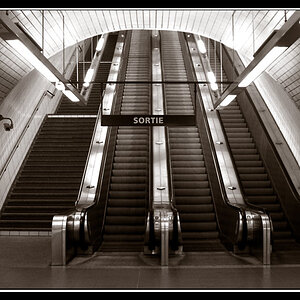Advanced Photo
No longer a newbie, moving up!
- Joined
- Sep 29, 2016
- Messages
- 718
- Reaction score
- 94
- Location
- Western US
- Can others edit my Photos
- Photos OK to edit
I see. That makes sense. I am tall as well, but don't have any trouble with things touching my body.If your camera swings around too much, just shorten the strap, it's too long.
Which works to an extent, however when your carrying a heavier lens the shorter strap length puts more pressure on the shoulder, and also puts the camera into my ribs. I don't like carrying the camera that way, makes it hard to reach and the ribs on my right side have been broken several times and cracked several more, so it's not really all that comfortable to have the camera positioned there.
Anything longer than that and it does introduce swing. So it just wasn't a great option for me. Might work better for people who aren't quite so tall, or for folks that don't mind having something against their ribs like that. Didn't work for me.
Besides. I bet you cut quite a figure in your dapper looking vest.
http://media.liveauctiongroup.net/i/12525/13170337_5.jpg?v=8CF1D2DA24D2D70












